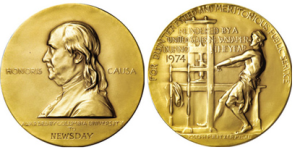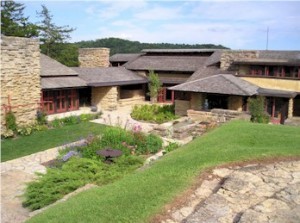By Rona London
These are my deep dark secrets: I know my 14 digit library card by heart but don’t know my teenage son’s cell phone number, relying time and again on speed dial. I remember with certainty that the Little House on the Prairie books were located on the bottom shelf in the furthest musty corner of my Baltimore County elementary school library. When the weather gets hot and steamy, I can be instantly transported back to when I was 12 years old and on the camp bus reading Judy Blume. I take more books than clothes on vacation, much to my husband’s chagrin, and each book I take will forever remind me of that particular locale.
At every stage, reading has made my life richer. As with many adults I know, my life has taken a circuitous route, with twists and turns along the way. First I worked as a graphic designer, then an art teacher, followed by time spent as a stay-at-home mom, and now I am the Children’s Book Curator for The Ivy Bookshop in Baltimore. I often wonder: how did I end up here? The truth is, those of us with an abiding love of books can’t resist their siren call. Through the different periods of life many find comfort, encouragement, entertainment, and an enduring connection through books. Customers often throw open the Ivy’s front door, inhale deeply and declare themselves in love with the smell and feel of books. Most want to pass that along to our youngsters and intuitively know that if we don’t, something vastly important will be lost.
The challenge for all of us is engaging children to be equally enamored with books. Time and time again, statistics emphasize the importance of reading. As the National Education Association states: “according to the U.S. Department of Education, National Center for Education Statistics only 53 percent of children ages three to five were read to daily by a family member. Children in families with incomes below the poverty line are less likely to be read to aloud everyday than are children in families with incomes at or above poverty. The more types of reading materials there are in the home, the higher students are in reading proficiency, and the students who do more reading at home are better readers and have higher math scores according to the Educational Testing Service.”
This is compelling evidence and yet motivating children to read is a challenge. How do books compete with the ever-increasing allure of electronics and the media cacophony? I struggle mightily with this in my own home. How much easier it is to reach for a remote or give into the undemanding glow of a screen. I can honestly say that I don’t know the answer, though I keep trying. What I do know is that we can teach children that “easy” and “rewarding” are not one and the same. When we finish watching a night of television, do we find ourselves enriched and think the time well spent? Perhaps both watching and reading are habits and routines and if parents, teachers, neighbors, and friends encourage reading as a part of a balanced life, over time the value will be self-evident.
So in my journey to put books in the hands of children I try to articulate the worth of the endeavor. Is the habit of reading a method of escape, an enrichment activity, a way of learning about the world, or a means by which I become more in touch with myself? Perhaps it is all of these reasons and more, depending on the day, the hour, or the minute. The moment I select a book, I am determining my voyage, be it a mere diversion, truth-seeking, introspection, or something in between. There are times a light “chick-lit” book will do and others when I crave a classic, a best seller, or a selection of critically-acclaimed literature. I have found that this is true of children as well. Listen to what they like, where they are at, and in what they show interest, and we may find inroads to the perfect read. If we make it personal and routine then perhaps we will find a way to make books a critical part of children’s lives.
If we put all the compelling statistics aside, what remains is the intangible, immeasurable impact of reading. Our mandate as a community is to listen, to learn, and to find just the right time and just the right book to make the importance of reading known in words and deed so a child’s relationship with books is one that constantly feeds their soul and accompanies them as they learn how to move in the world.
Rona London has found a wonderful home at The Ivy Bookshop in Baltimore, where she is the Children’s Book Curator. After graduating with her Bachelor of Fine Arts and Masters of Art in Teaching from Maryland Institute College of Art, Rona ran her own graphic design firm and worked as an art teacher in Baltimore County. She retired to be a stay-at-home mom to her two sons, volunteering at their schools – where her favorite activity was running the book fair, of course! Rona is also a freelance writer and an after school art teacher. When she is not reading, she loves gardening, ballet, theater, and the symphony.

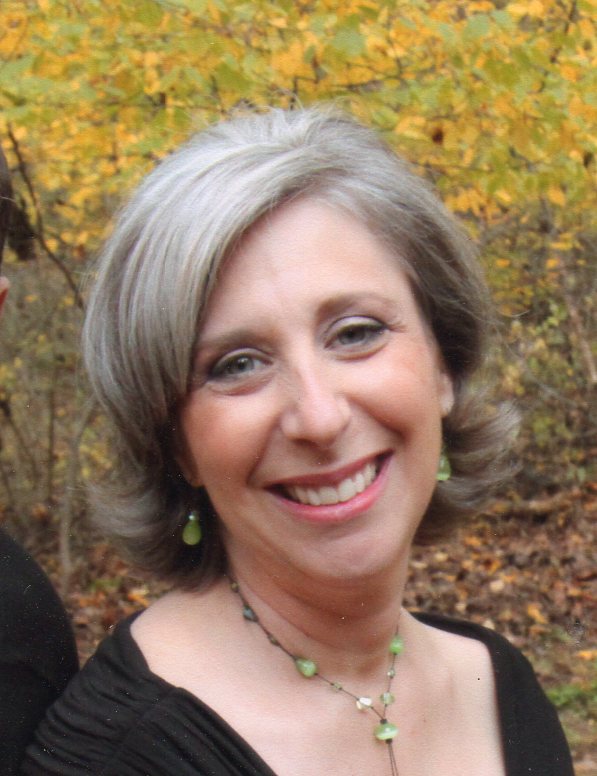
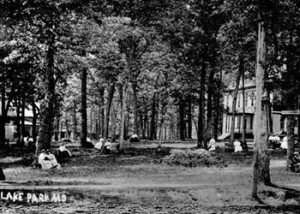
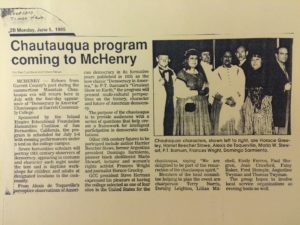
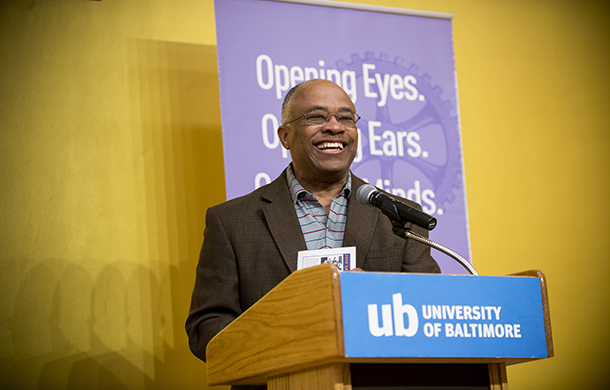
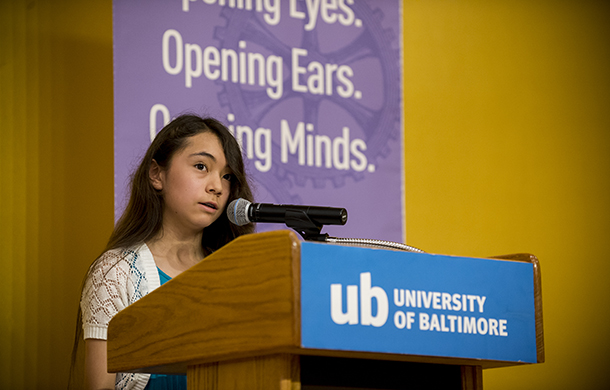
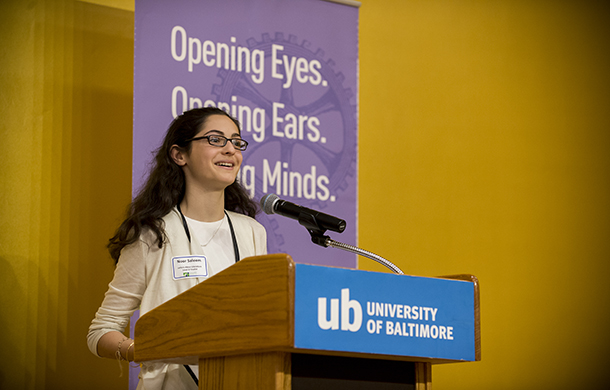



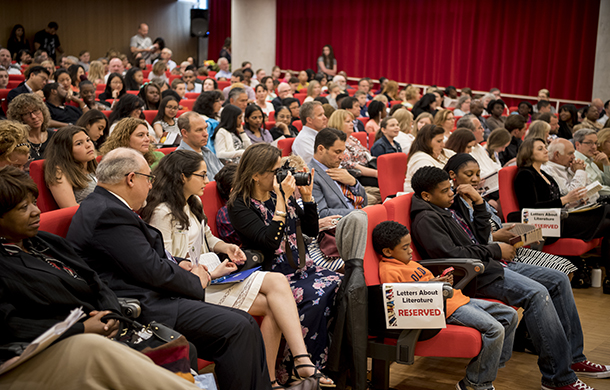

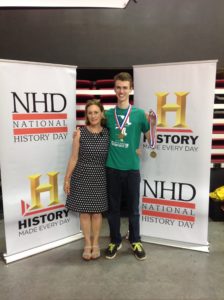 It’s the big day. The project is done, you have all of your written materials printed, you have your lines memorized, your exhibit finished, or your documentary is on file. At this point, you’re probably on at least the 4th draft of your project, and everything has been reviewed and polished more times than you can count. Beware of physical or technical difficulties! Demetri and I had a very bad moment at the State competition when part of the audio for our documentary was deleted the day of the competition. We barely got the audio fixed in time to go on. This provided a very valuable lesson: take every precaution against malfunction or misfortune that you possibly can. If you are making a documentary, produce it in as many formats and as many copies/backups as logically possible. Find some way to back up or store your website if you are doing that. If you made an exhibit, do not let it get damaged! I would even consider making backup parts for your exhibit in case one gets damaged. If you are doing a performance make an extra costume if possible. If you are in a group, plan for how you would present if a member was ill or missing. Make multiple copies of all written materials and give several copies to each person. Chaos happens! Be prepared for it as much as possible. It would be a shame to be disqualified because of some silly misfortune.
It’s the big day. The project is done, you have all of your written materials printed, you have your lines memorized, your exhibit finished, or your documentary is on file. At this point, you’re probably on at least the 4th draft of your project, and everything has been reviewed and polished more times than you can count. Beware of physical or technical difficulties! Demetri and I had a very bad moment at the State competition when part of the audio for our documentary was deleted the day of the competition. We barely got the audio fixed in time to go on. This provided a very valuable lesson: take every precaution against malfunction or misfortune that you possibly can. If you are making a documentary, produce it in as many formats and as many copies/backups as logically possible. Find some way to back up or store your website if you are doing that. If you made an exhibit, do not let it get damaged! I would even consider making backup parts for your exhibit in case one gets damaged. If you are doing a performance make an extra costume if possible. If you are in a group, plan for how you would present if a member was ill or missing. Make multiple copies of all written materials and give several copies to each person. Chaos happens! Be prepared for it as much as possible. It would be a shame to be disqualified because of some silly misfortune.